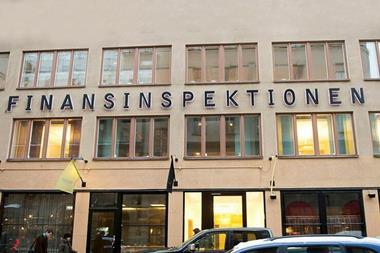UK – The Pension Insurance Corporation has reinsured £400m (€492m) of longevity risk, increasing the level of reinsurance within its portfolio to two-thirds of its £6bn in assets under management.
As part of the agreement, Munich Re will take on the longevity risk of the £400m in assets, coming in addition to the £300m transaction the company agreed with the German reinsurer over the summer.
Rob Sewell, CFO, said: "This type of reinsurance transaction typifies our careful approach to the stewardship of the risks we take on through buy-ins and buyouts."
The company has written £1.5bn worth of business this year, agreeing one of the largest buy-ins this year, covering £320m of liabilities from the Cookson Group pension plan.
In October, PIC agreed to a £400m injection of capital by Luxembourg-based fund Reinet.
The transaction saw several new appointments to the company's board and PIC founder Edmund Truell step down.
The Duke Street Capital founder was yesterday announced as the new chairman of the £4.2bn London Pensions Fund Authority by the city's mayor Boris Johnson.
Commenting on Truell's appointment, Johnson said: "This appointment will give further impetus to the London Pensions Fund Authority to deliver value for money for Londoners, provide long-term sustainable provision for its members and explore new ways to invest funds, including in London's infrastructure."
Meanwhile, Towers Watson has been named scheme actuary for the £1.8bn Rexam Pension Plan.
The scheme for the global packaging company said the consultancy was appointed as trustees found their "style to be compatible" with their own.
Towers Watson replaces Mercer as scheme actuary.
The fund, which last year posted a 10.9% performance on its holdings, currently invests just over half of its assets in fixed income, but is still underweight against its benchmark's bond allocation.
The Rexam plan invests a further 44.7% in equities, 2.9% in real estate and 2.3% in cash – resulting in a near 3-percentage-point overexposure to equities and a 2.1-percentage-point underinvestment in property.














No comments yet